Story and Photos by ITN European Reporter Herve’ Rebollo
Salut à toi American rider,
Currently in Europe, all the motorcycle events are postponed … Not a problem, in any case, time for long rides is back!!
So, permit me to make you discovering my country and let me to take you with me to the great West of France, in BRITTANY.
Brittany (Bretagne in French and Breizh in the local language named Breton) is a region in the west of France, covering the western part of what was known as Armorica during the period of Roman occupation. It became an independent kingdom and then a duchy before being united with the Kingdom of France in 1532 as a province governed as if it were a separate nation under the crown. Brittany has also been referred to as Less, Lesser or Little Britain (as opposed to Great Britain, with which it shares an etymology).It is bordered by the English Channel to the north, Normandy to the northeast, Pays de la Loire to the southeast, the Bay of Biscay to the south, and the Celtic sea and the Atlantic Ocean to the west. Its land area is 34,023 km2 / 13,136 sq mi. I was lucky enough to spend a week with my family in this glorious and marvelous region.
 Brittany is the site of some of the world’s oldest standing architecture, home to the Barnenez, the Tumulus of Sant-Michel and others, which date to the early 5th millennium BC.
Brittany is the site of some of the world’s oldest standing architecture, home to the Barnenez, the Tumulus of Sant-Michel and others, which date to the early 5th millennium BC.
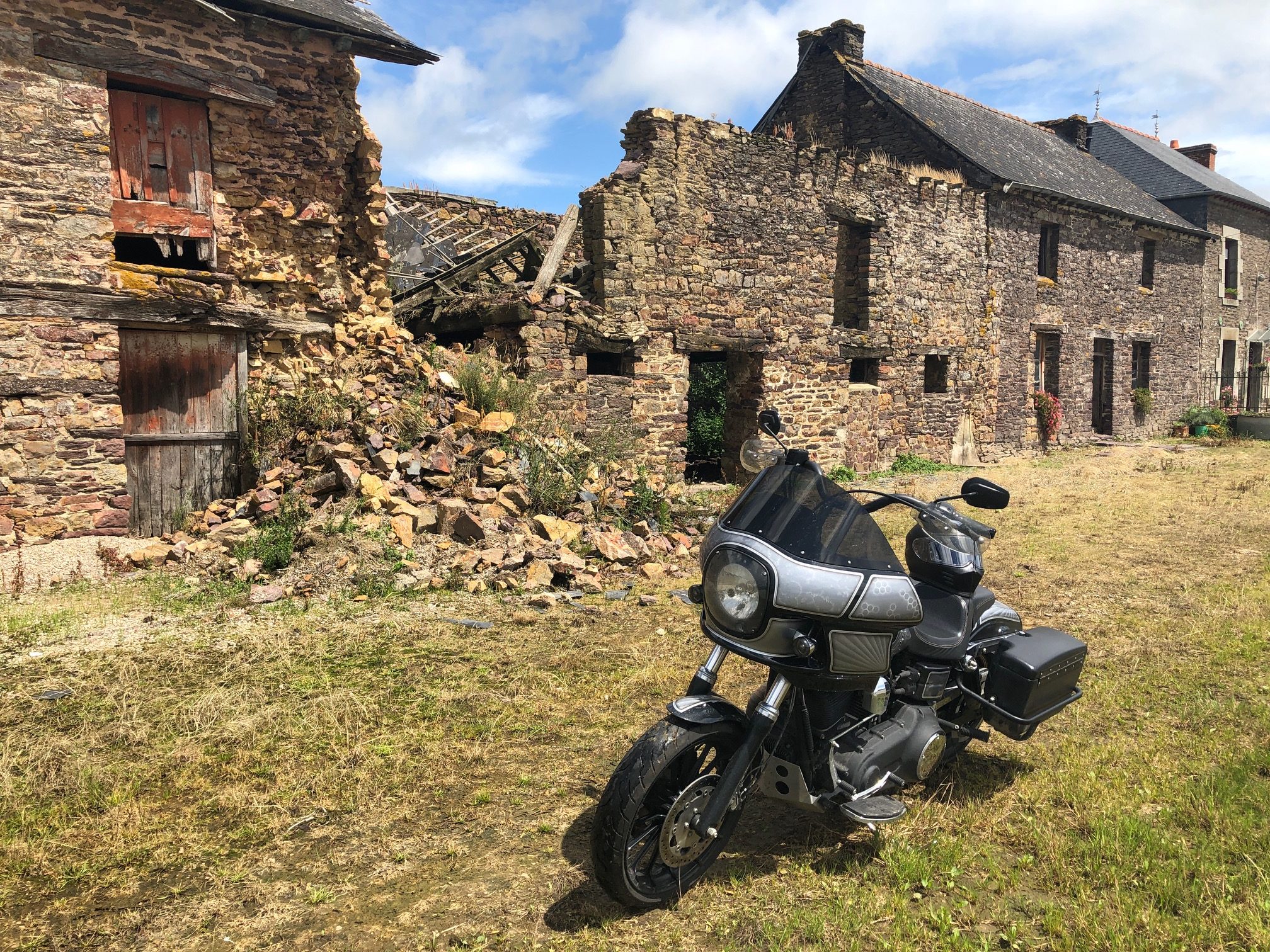 At the 2010 census, the population of historic Brittany was estimated to be 4,475,295. 2012, the largest metropolitan areas were Nantes (897,713 inhabitants), Rennes (690,467 inhabitants), and Brest (314,844 inhabitants). Brittany is the traditional homeland of the Breton people and is recognised by the Celtic leagues as one of the six Celtic nations retaining a distinct cultural identity that reflects its history. A nationalist movement seeks greater autonomy within the French Republic.
At the 2010 census, the population of historic Brittany was estimated to be 4,475,295. 2012, the largest metropolitan areas were Nantes (897,713 inhabitants), Rennes (690,467 inhabitants), and Brest (314,844 inhabitants). Brittany is the traditional homeland of the Breton people and is recognised by the Celtic leagues as one of the six Celtic nations retaining a distinct cultural identity that reflects its history. A nationalist movement seeks greater autonomy within the French Republic.
 Brittany can often feel gloriously wild and remote – particularly when you are in Finistère, the westernmost part of the peninsula. The name means “end of the Earth”, and if you ride all the way to Pen-Hir Point, at the end of the Crozon peninsula, you will see why. The forlorn headland high above the Atlantic is a favourite destination for classic car and bike rallies.
Brittany can often feel gloriously wild and remote – particularly when you are in Finistère, the westernmost part of the peninsula. The name means “end of the Earth”, and if you ride all the way to Pen-Hir Point, at the end of the Crozon peninsula, you will see why. The forlorn headland high above the Atlantic is a favourite destination for classic car and bike rallies.
 The modern flag of Brittany was designed in 1923. It is called Gwenn ha Du (“white and black” in Breton) and it features eleven ermine spots (their number may vary) and nine stripes, the black ones represent the Breton speaking historical dioceses, and the white ones symbolise the gallo speaking dioceses. The flag was created to replace the traditional ermine plain standard, considered too aristocratic and royalist. It was inspired by the American flag and the British Red Ensign Since the 1920s, the flag has become very popular and it is flown from a large number of institutions. Apart from the ermine flag, Breton historic banners include the Kroaz Du, a white flag with a black cross, the perfect negative of the Cornish flag.
The modern flag of Brittany was designed in 1923. It is called Gwenn ha Du (“white and black” in Breton) and it features eleven ermine spots (their number may vary) and nine stripes, the black ones represent the Breton speaking historical dioceses, and the white ones symbolise the gallo speaking dioceses. The flag was created to replace the traditional ermine plain standard, considered too aristocratic and royalist. It was inspired by the American flag and the British Red Ensign Since the 1920s, the flag has become very popular and it is flown from a large number of institutions. Apart from the ermine flag, Breton historic banners include the Kroaz Du, a white flag with a black cross, the perfect negative of the Cornish flag.
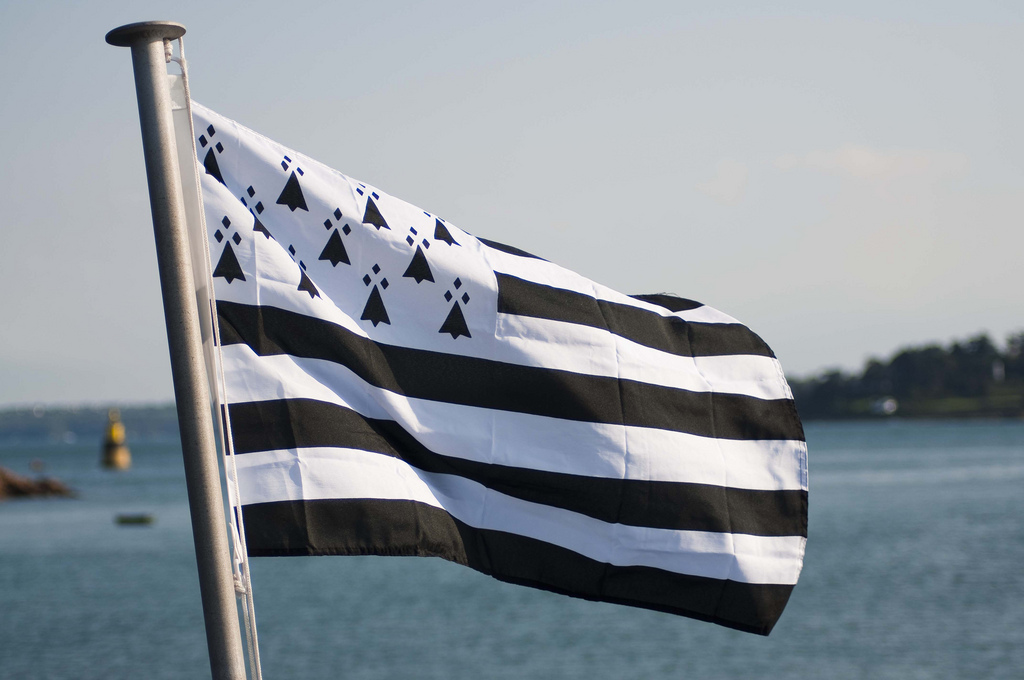 Inland, the Monts d’Arrée hills offer twisting roads that are guaranteed to raise your pulse. The eerie forest of Huelgoat warrants a stop: you will discover an otherworldly landscape of mossy boulders and twisted trunks.
Inland, the Monts d’Arrée hills offer twisting roads that are guaranteed to raise your pulse. The eerie forest of Huelgoat warrants a stop: you will discover an otherworldly landscape of mossy boulders and twisted trunks.
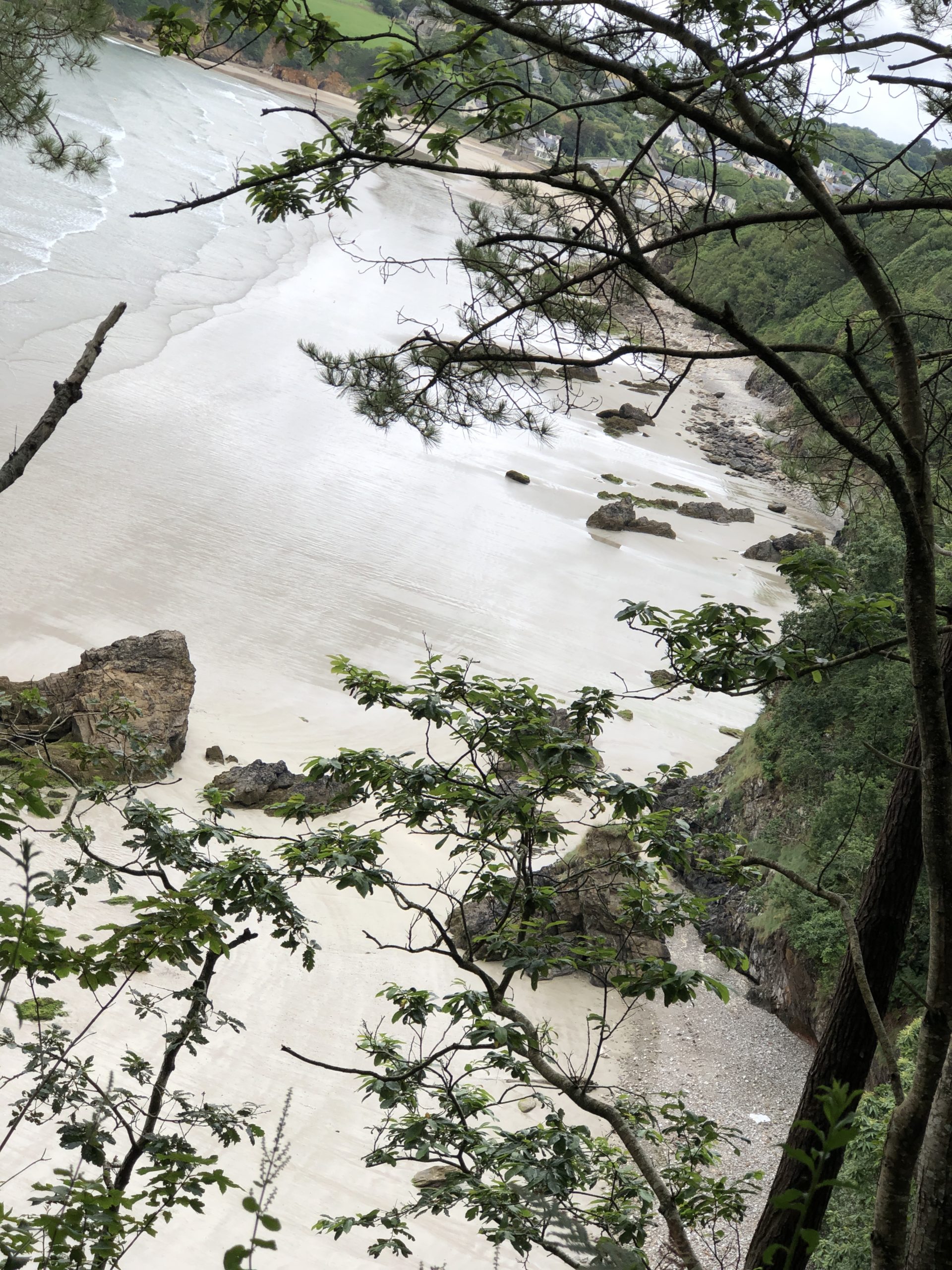 A rather less rugged woodland is the Forest of Brocéliande, a couple of hours west. Brittany has its own version of the Arthurian legends, and locals say this is where Merlin first met the Lady of the Lake. Another idea is to tour Brittany’s Neolithic sites. The most spectacular is at Carnac on the southern coast, with more than 3,000 standing stones that date back to at least 3300BC. There are fine roads to explore in this part of the region, taking you to Auray and around the Gulf of Morbihan – a marine inlet speckled with islands.
A rather less rugged woodland is the Forest of Brocéliande, a couple of hours west. Brittany has its own version of the Arthurian legends, and locals say this is where Merlin first met the Lady of the Lake. Another idea is to tour Brittany’s Neolithic sites. The most spectacular is at Carnac on the southern coast, with more than 3,000 standing stones that date back to at least 3300BC. There are fine roads to explore in this part of the region, taking you to Auray and around the Gulf of Morbihan – a marine inlet speckled with islands.
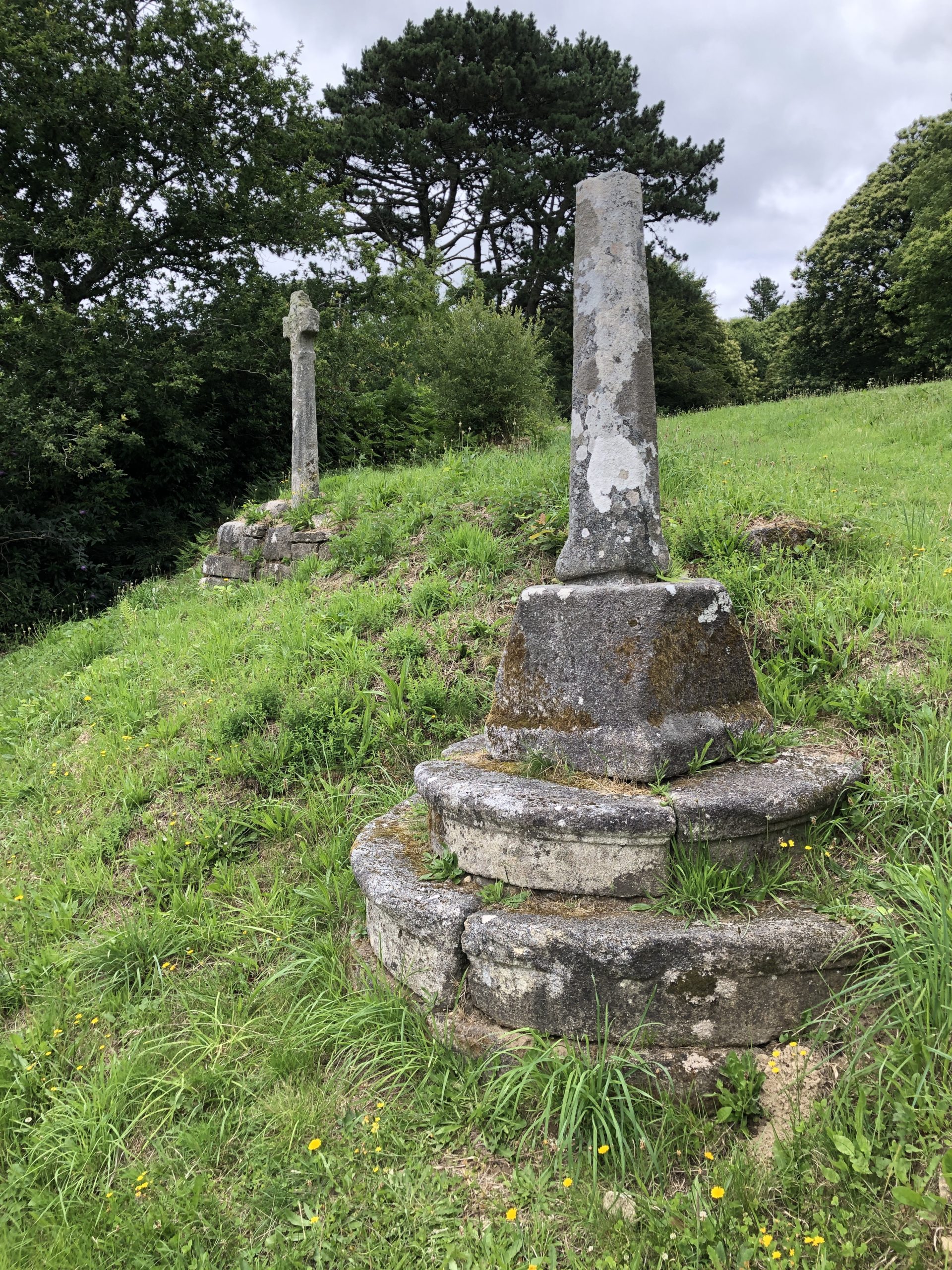 The village of Locmariaquer is the setting for another prehistoric site, which includes the Broken Menhir of Er Grah. Weighing 330 tons, it is the largest stone known to been erected by Neolithic people.
The village of Locmariaquer is the setting for another prehistoric site, which includes the Broken Menhir of Er Grah. Weighing 330 tons, it is the largest stone known to been erected by Neolithic people.
 Throughout north-west France, you will have plenty of chances to indulge your inner gourmet. Normandy is famed for fine cheeses, fresh seafood and salt-marsh lamb, and there is no finer end to an evening meal than a glass of calvados. Unmissable Breton specialities include galettes – savoury buckwheat pancakes – and plump mussels served with ribbon frites. However, it is worth going easy on the kouign amann, a rich cake made with Breton butter, unless you want to test your bike’s suspension.
Throughout north-west France, you will have plenty of chances to indulge your inner gourmet. Normandy is famed for fine cheeses, fresh seafood and salt-marsh lamb, and there is no finer end to an evening meal than a glass of calvados. Unmissable Breton specialities include galettes – savoury buckwheat pancakes – and plump mussels served with ribbon frites. However, it is worth going easy on the kouign amann, a rich cake made with Breton butter, unless you want to test your bike’s suspension.
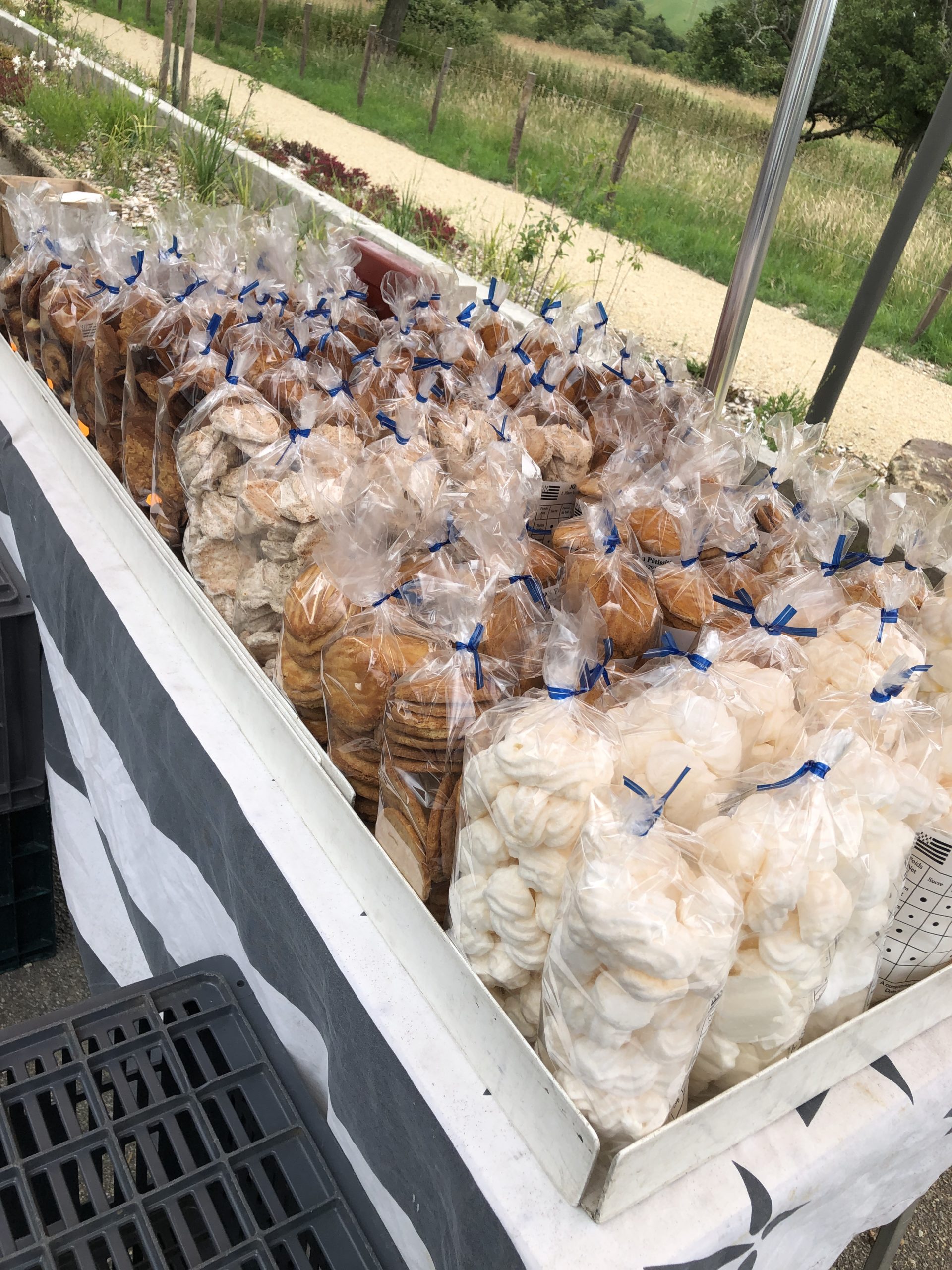 And don’t forget that people come from all over France to taste the famous local beers and ciders made in Brittany.
And don’t forget that people come from all over France to taste the famous local beers and ciders made in Brittany.
 Do I have to speak about cheeses?
Do I have to speak about cheeses?
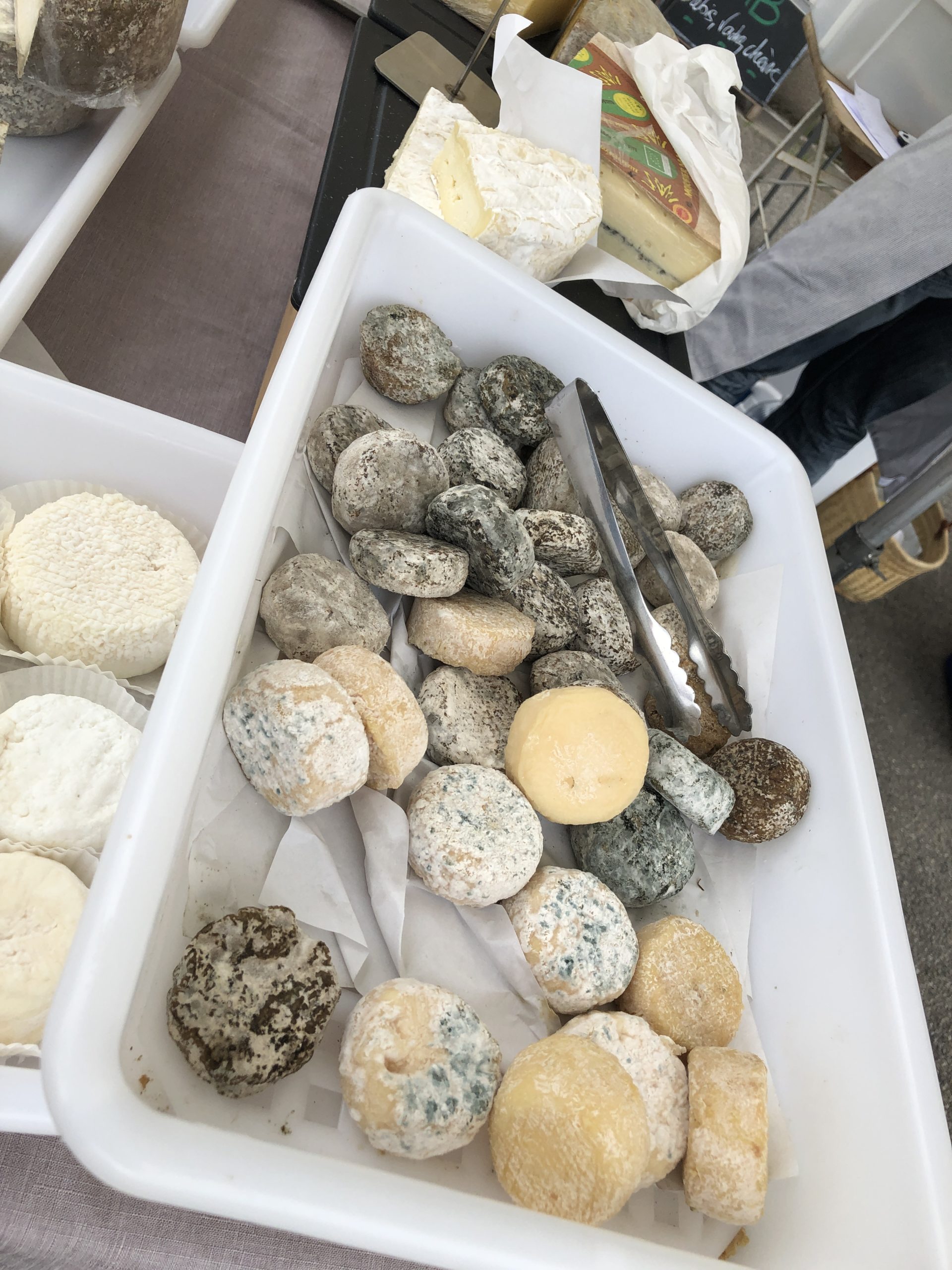 And what could I say about the bread … ?
And what could I say about the bread … ?
 You will find, fresh food sold on traditional markets in almost every villages.
You will find, fresh food sold on traditional markets in almost every villages.
 Wild sites will amazed you for sure. The beauty of this region is unbelievable.
Wild sites will amazed you for sure. The beauty of this region is unbelievable.
 But if you add to this fact an incredible local architecture you will understand why so many tourists want to come back in Brittany when they discover the local way of life.
But if you add to this fact an incredible local architecture you will understand why so many tourists want to come back in Brittany when they discover the local way of life.
 Buying a traditional Breton property often means adopting a part of the lifestyle that goes with it, like a sort of bundle. Indeed these houses reveal a simple, down-to-earth art de vivre, fashioned by a sometimes rude climate and the warm character of the people living in Brittany.
Buying a traditional Breton property often means adopting a part of the lifestyle that goes with it, like a sort of bundle. Indeed these houses reveal a simple, down-to-earth art de vivre, fashioned by a sometimes rude climate and the warm character of the people living in Brittany.
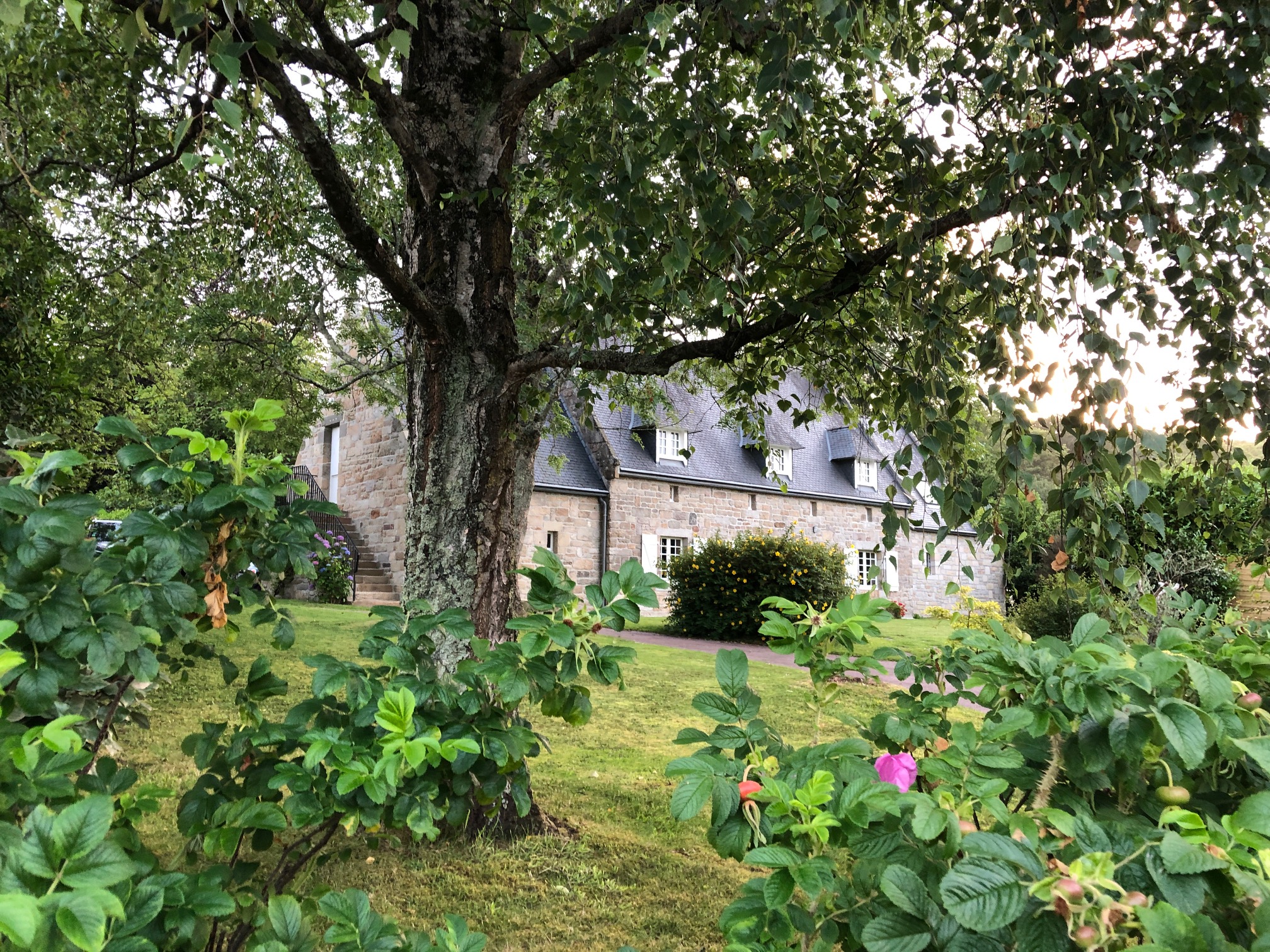 Gardens in France, whether private or in parks, are gorgeous, always with masses of flowers of all kinds. French gardeners are fanatic about many types of flowers (such as roses and dahlias), but especially hydrangeas. Hydrangeas do well in gardens all over France and especially in Normandy and Brittany, and florists sell them as potted plants all year round. These flowers, along the roads are so beautiful and everywhere.
Gardens in France, whether private or in parks, are gorgeous, always with masses of flowers of all kinds. French gardeners are fanatic about many types of flowers (such as roses and dahlias), but especially hydrangeas. Hydrangeas do well in gardens all over France and especially in Normandy and Brittany, and florists sell them as potted plants all year round. These flowers, along the roads are so beautiful and everywhere.
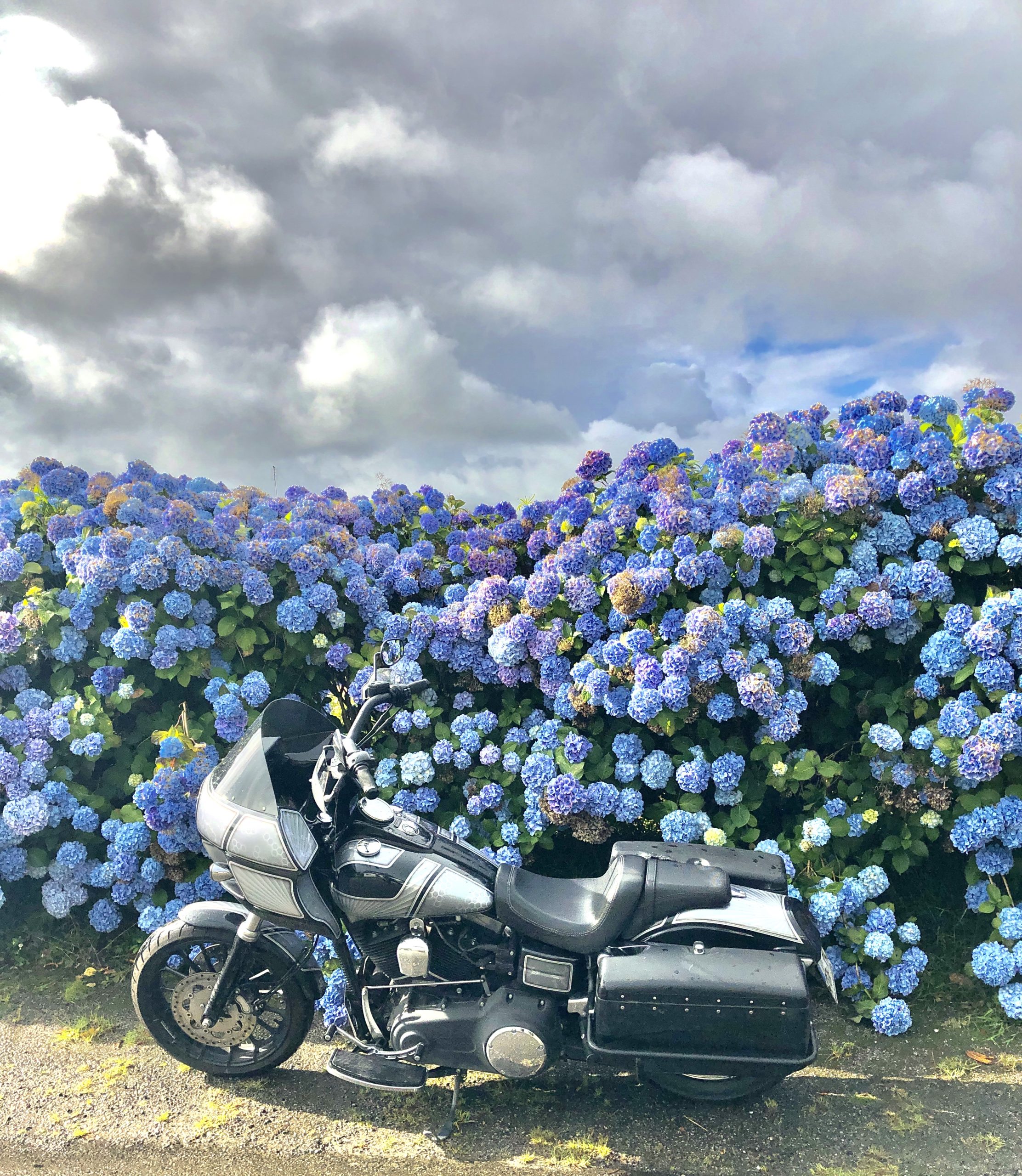 And of course, every house is surronded by these flowers …
And of course, every house is surronded by these flowers …
 In French, we call this flower: Hortensia.
In French, we call this flower: Hortensia.
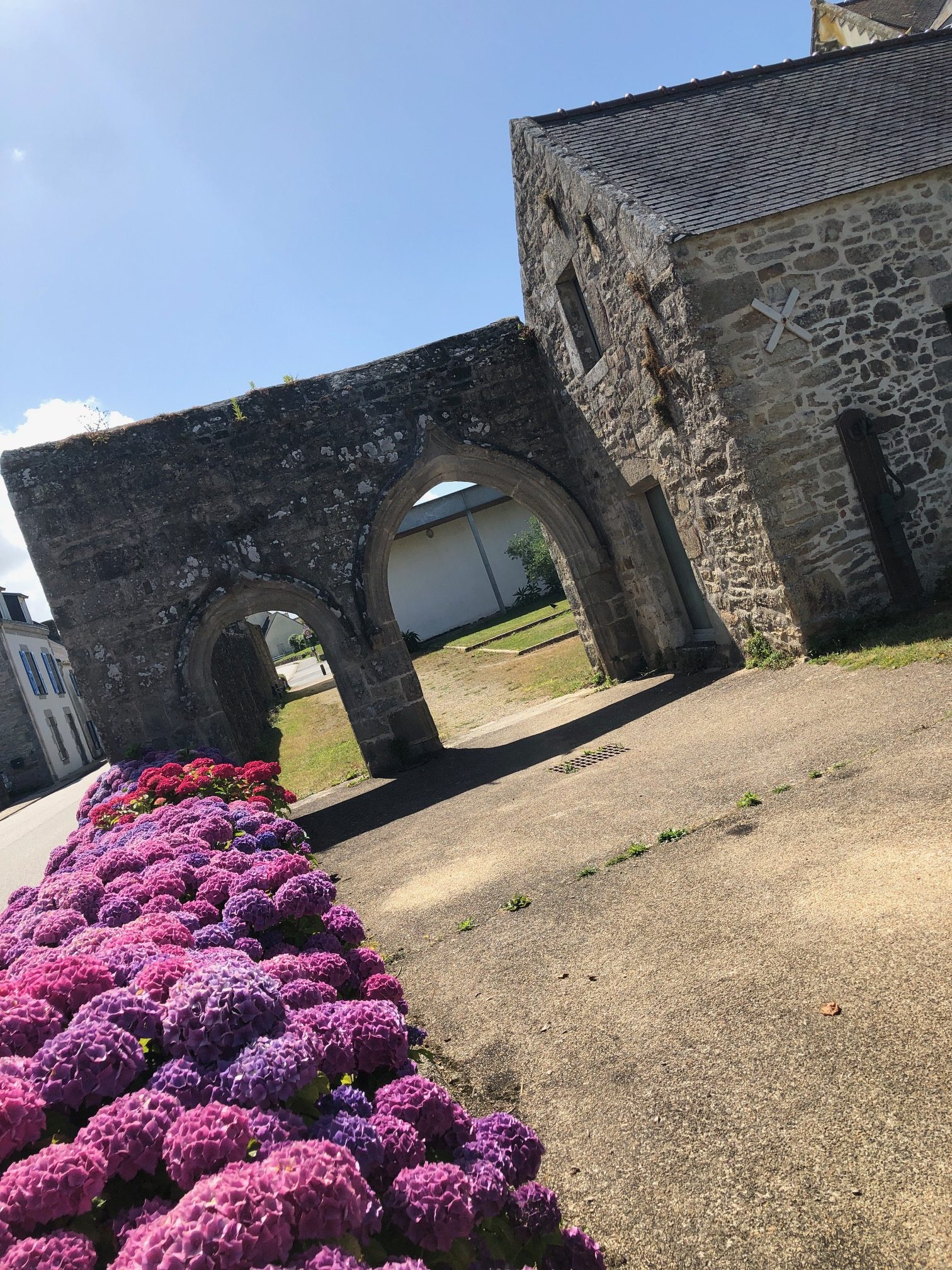 Of course, Brittany is a land of sailors …
Of course, Brittany is a land of sailors …
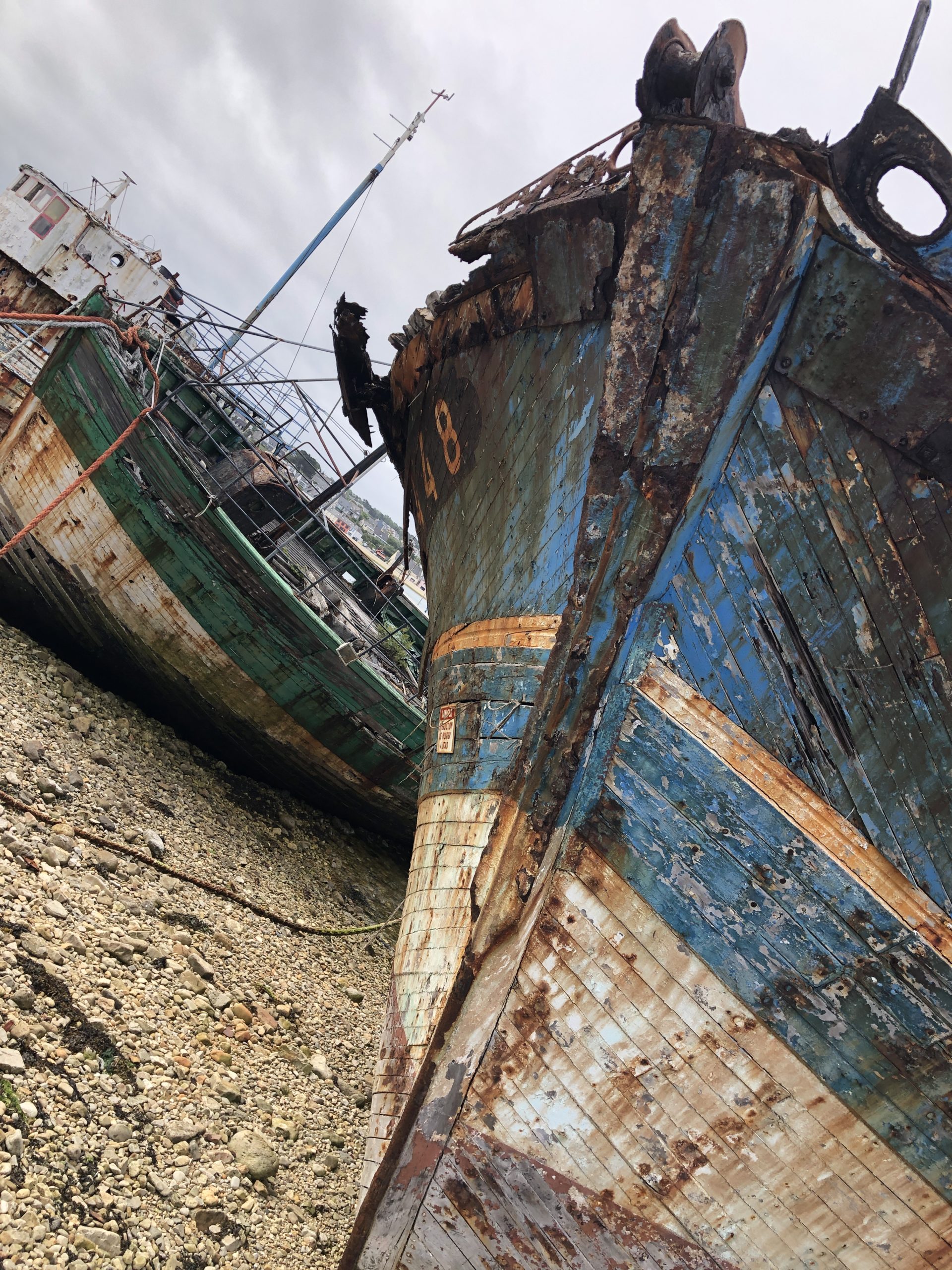 But for a very long time, it’s a land of bikers too …
But for a very long time, it’s a land of bikers too …
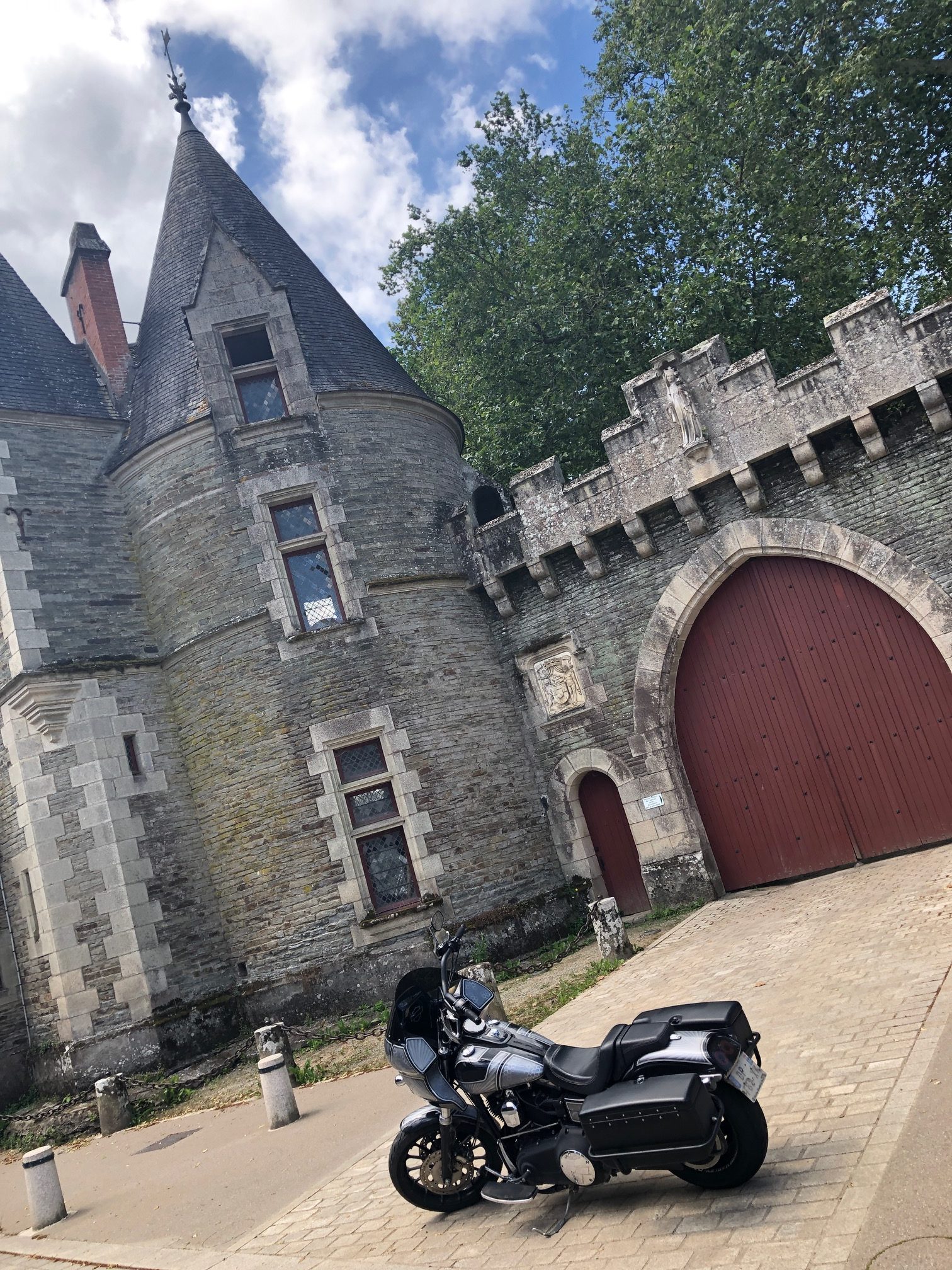 Even in the old fortress in the local city of Concarneau you can easily find references to the motorcycle culture.
Even in the old fortress in the local city of Concarneau you can easily find references to the motorcycle culture.
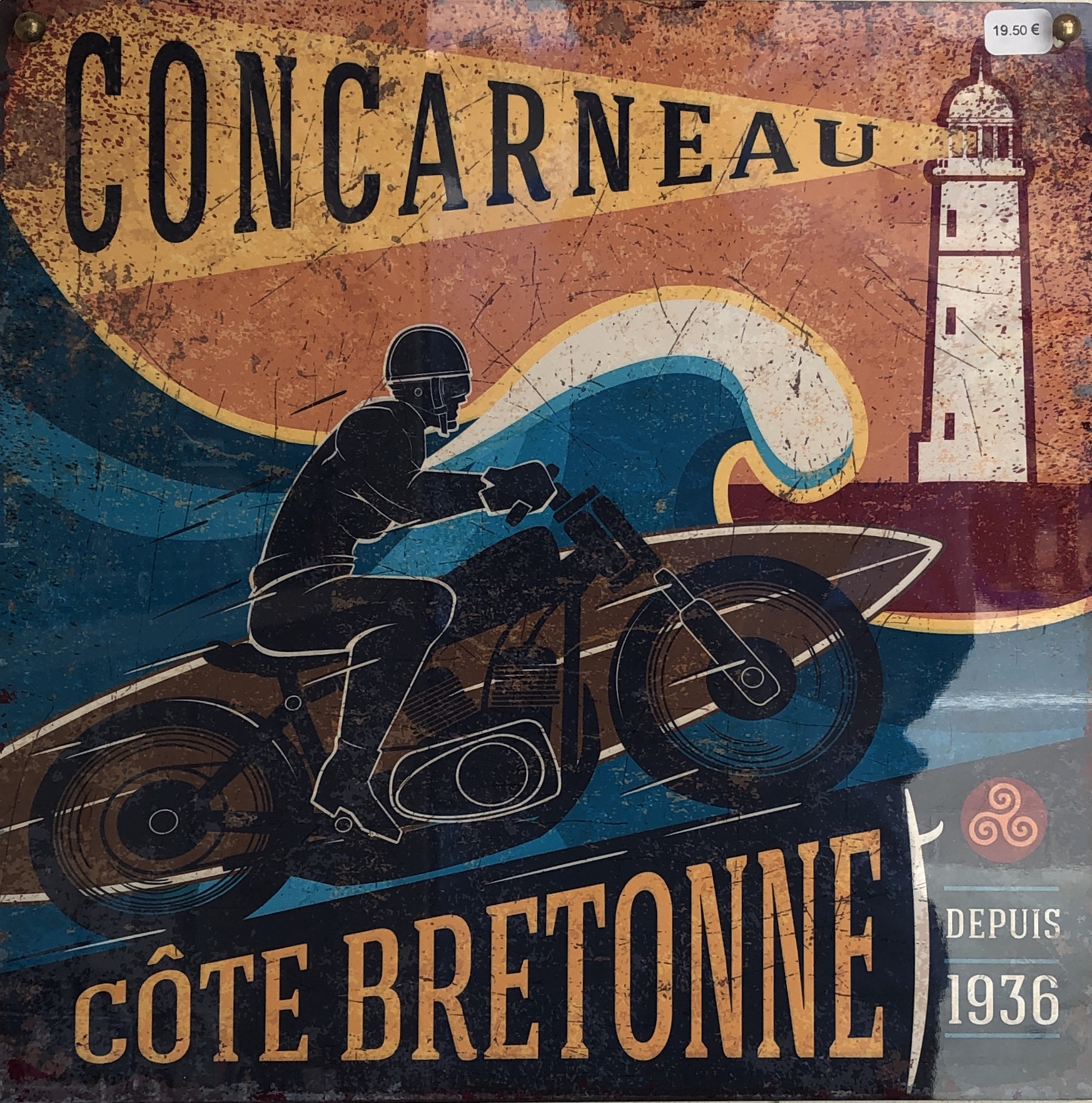 The town has two distinct areas: the modern town on the mainland and the medieval Ville close, a walled town on a long island in the center of the harbour. Historically, the old town was a center of shipbuilding. The Ville Close is now devoted to tourism with many restaurants and shops aimed at tourists. However restraint has been shown in resisting the worst excesses of souvenir shops.
The town has two distinct areas: the modern town on the mainland and the medieval Ville close, a walled town on a long island in the center of the harbour. Historically, the old town was a center of shipbuilding. The Ville Close is now devoted to tourism with many restaurants and shops aimed at tourists. However restraint has been shown in resisting the worst excesses of souvenir shops.
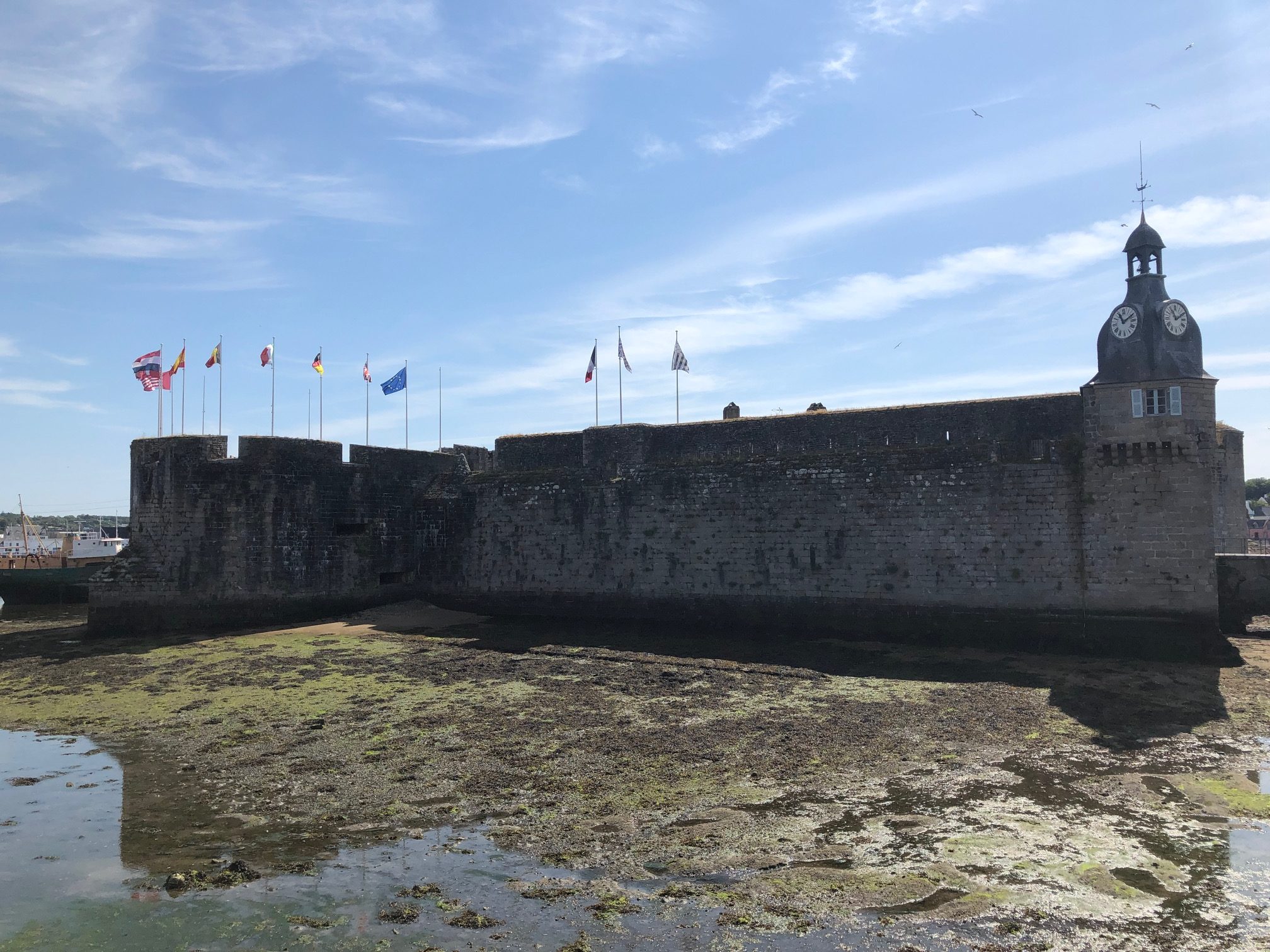 In any case, you will find everything for your biker life style and your motorcycle.
In any case, you will find everything for your biker life style and your motorcycle.
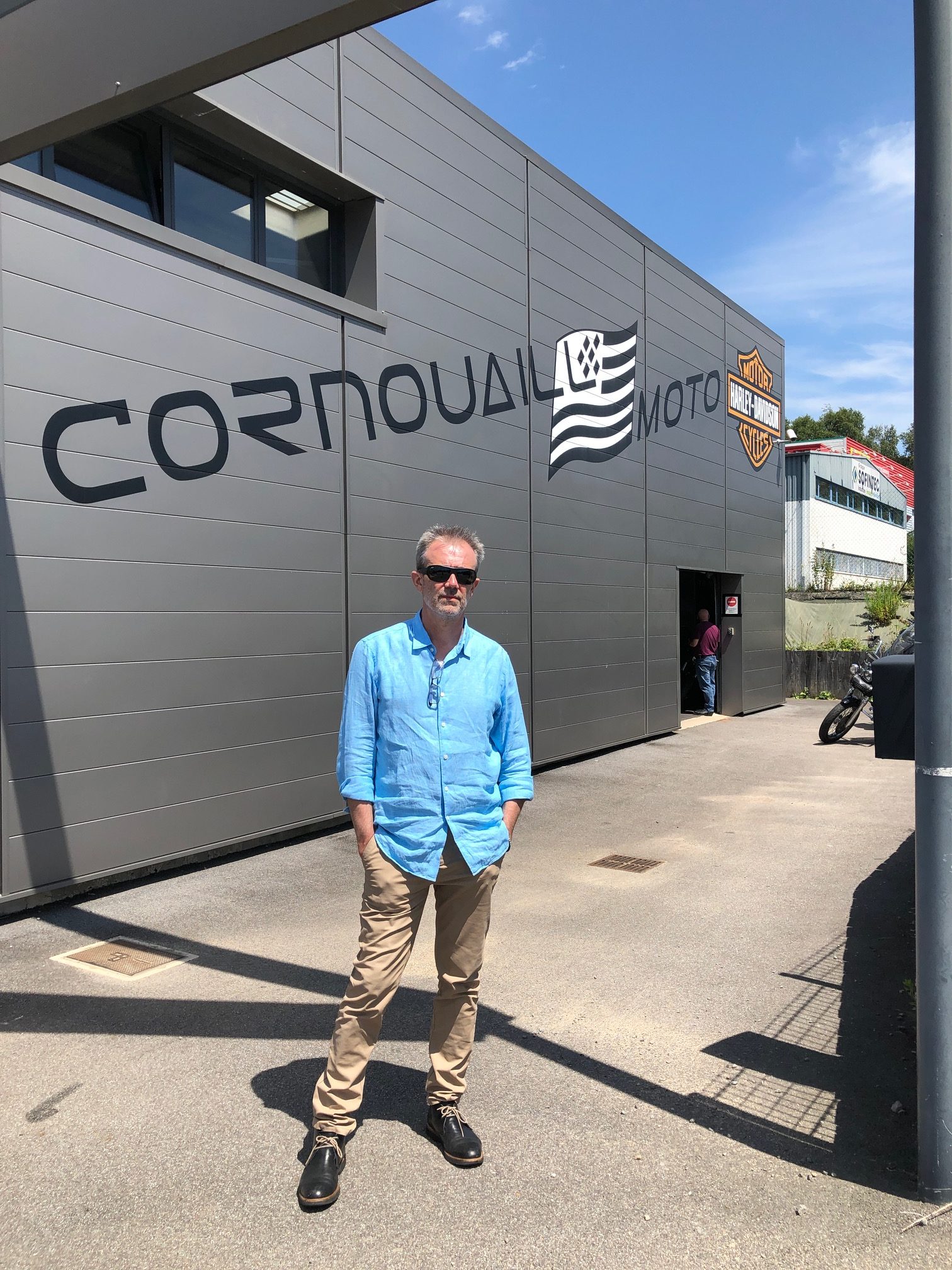 In the city of Kimper, the local HD dealership COORNOUAILLE Moto is ready to welcome you.
In the city of Kimper, the local HD dealership COORNOUAILLE Moto is ready to welcome you.
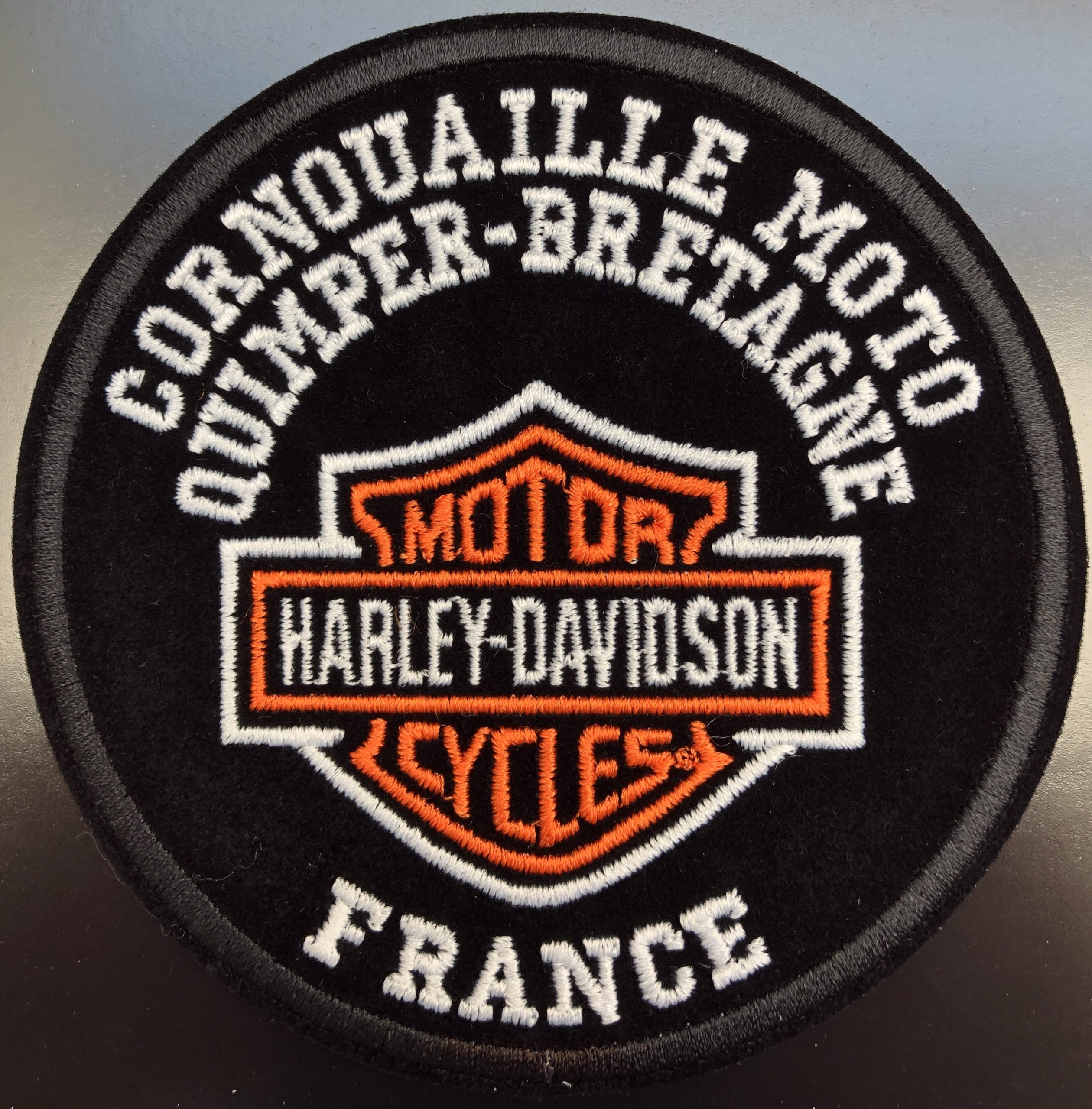 And if you don’t like bike twin, you will rent a legendary French moped, the famous VELOSOLEX …
And if you don’t like bike twin, you will rent a legendary French moped, the famous VELOSOLEX …
Brittany is a Catholic land. Crosses are everywhere, at each crossroad, Jesus is riding with you …
Until the 1970s, the Breton road network was poor because maritime and rail transport prevailed. The French president Charles de Gaulle implemented a major road construction plan in the 1970 and Brittany received over 10 billion francs of investments during 25 years. More than 10,000 km of motorway were built, permitting Breton road transport to multiply by four. The Breton motorways are not toll roads, contrarily to the usual French highways.
 And if you have enough of nice villages …
And if you have enough of nice villages …
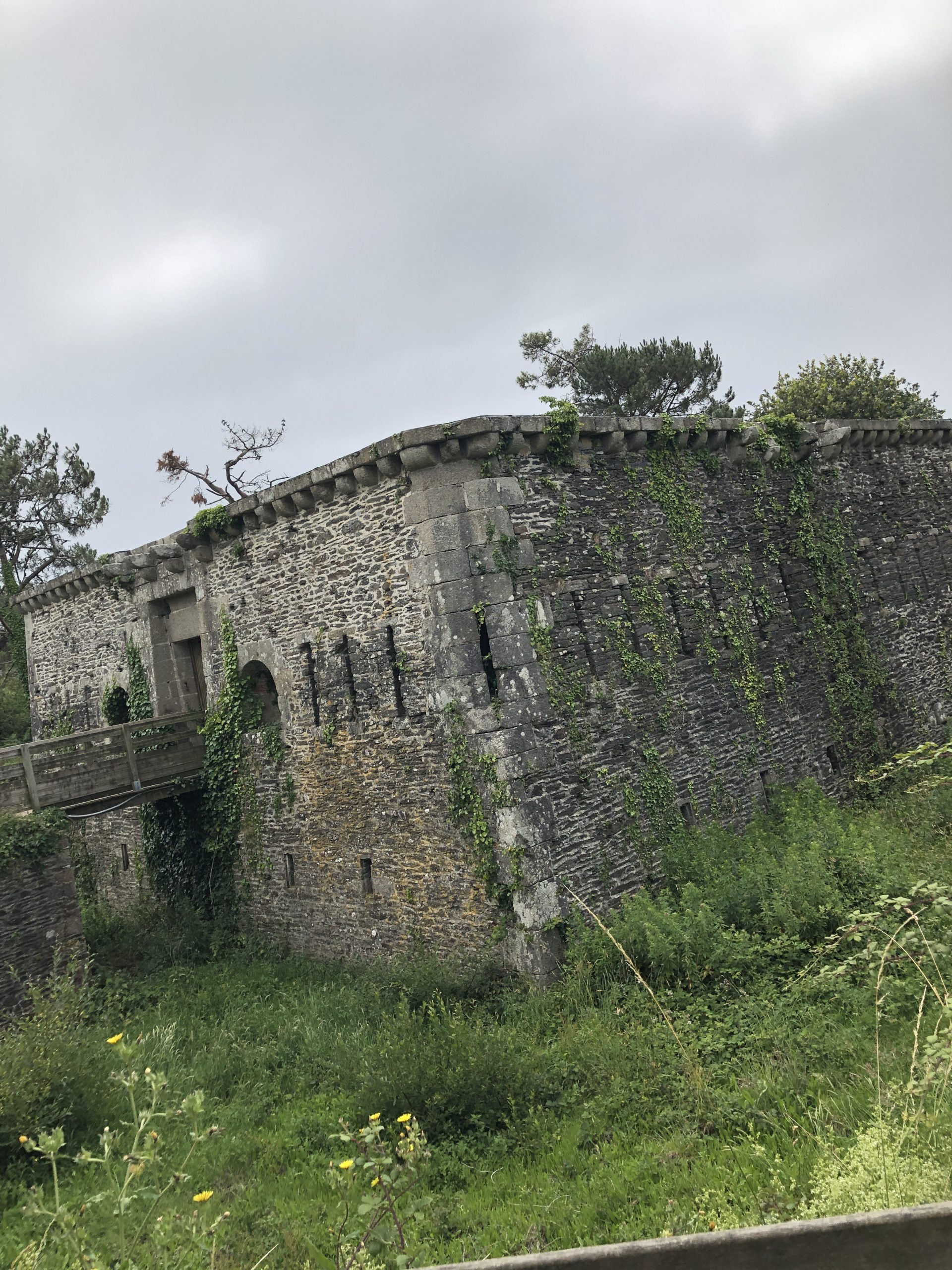 Enough cool beaches (you can surf on many of them)…
Enough cool beaches (you can surf on many of them)…
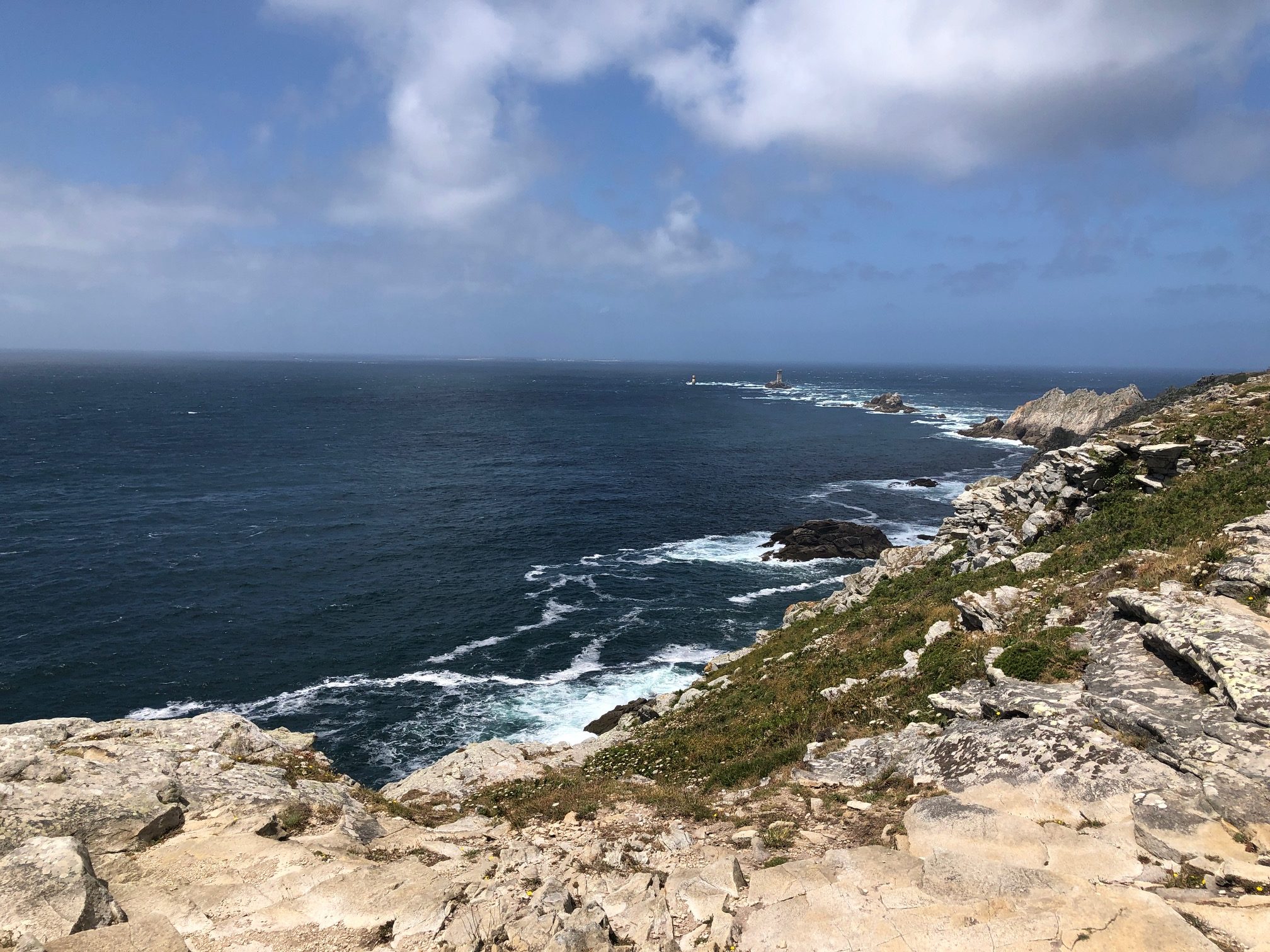 If you are tired walking on old trails …
If you are tired walking on old trails …
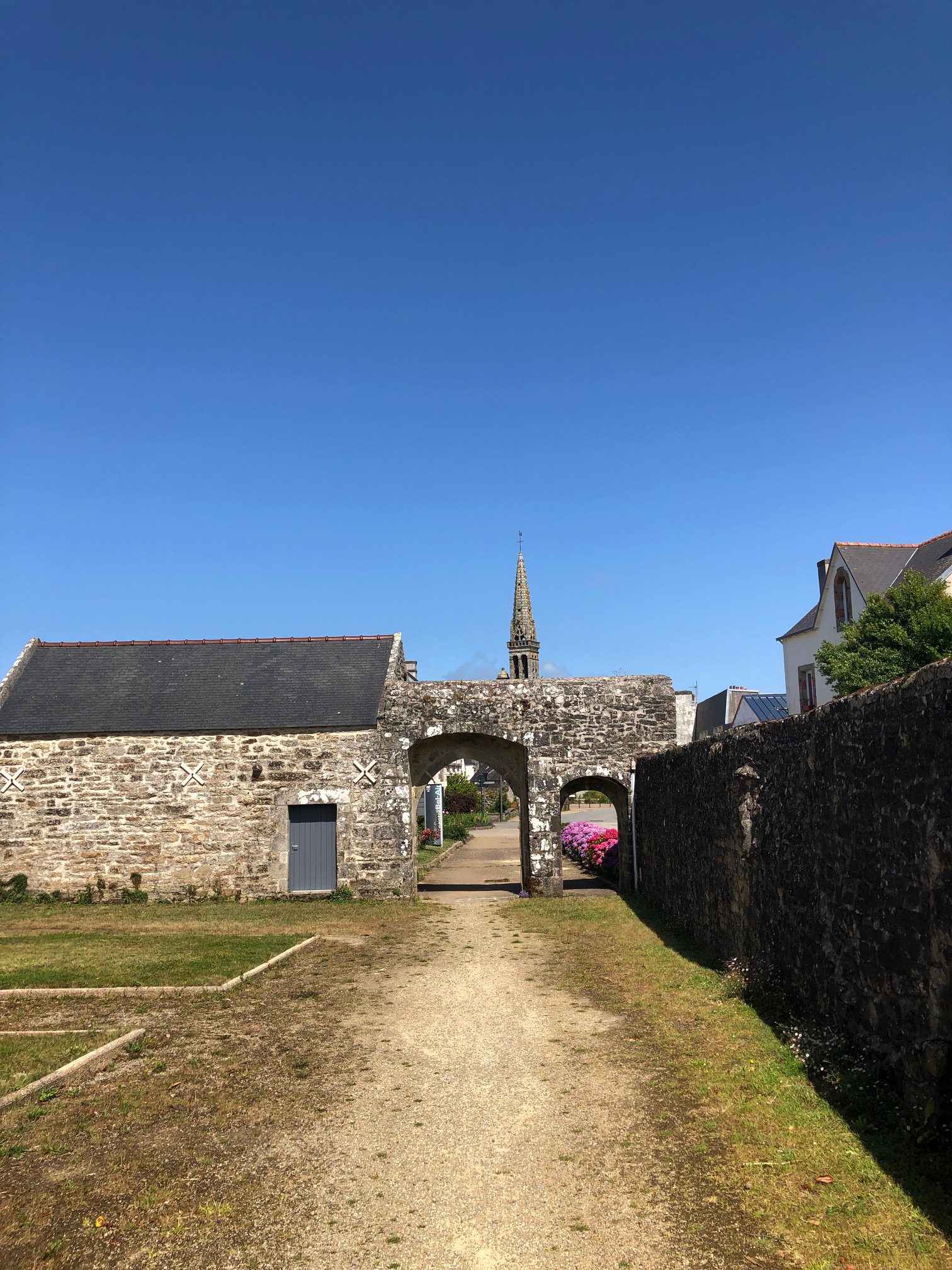 At the end of the day, you can always choose to get lost in the magical pink moor …
At the end of the day, you can always choose to get lost in the magical pink moor …
 So … After this little summarize of my last bike trip, if you are not convinced you have to come to ride in Brittany … Waiting for you my American friend, I’ll be your guide.
So … After this little summarize of my last bike trip, if you are not convinced you have to come to ride in Brittany … Waiting for you my American friend, I’ll be your guide.
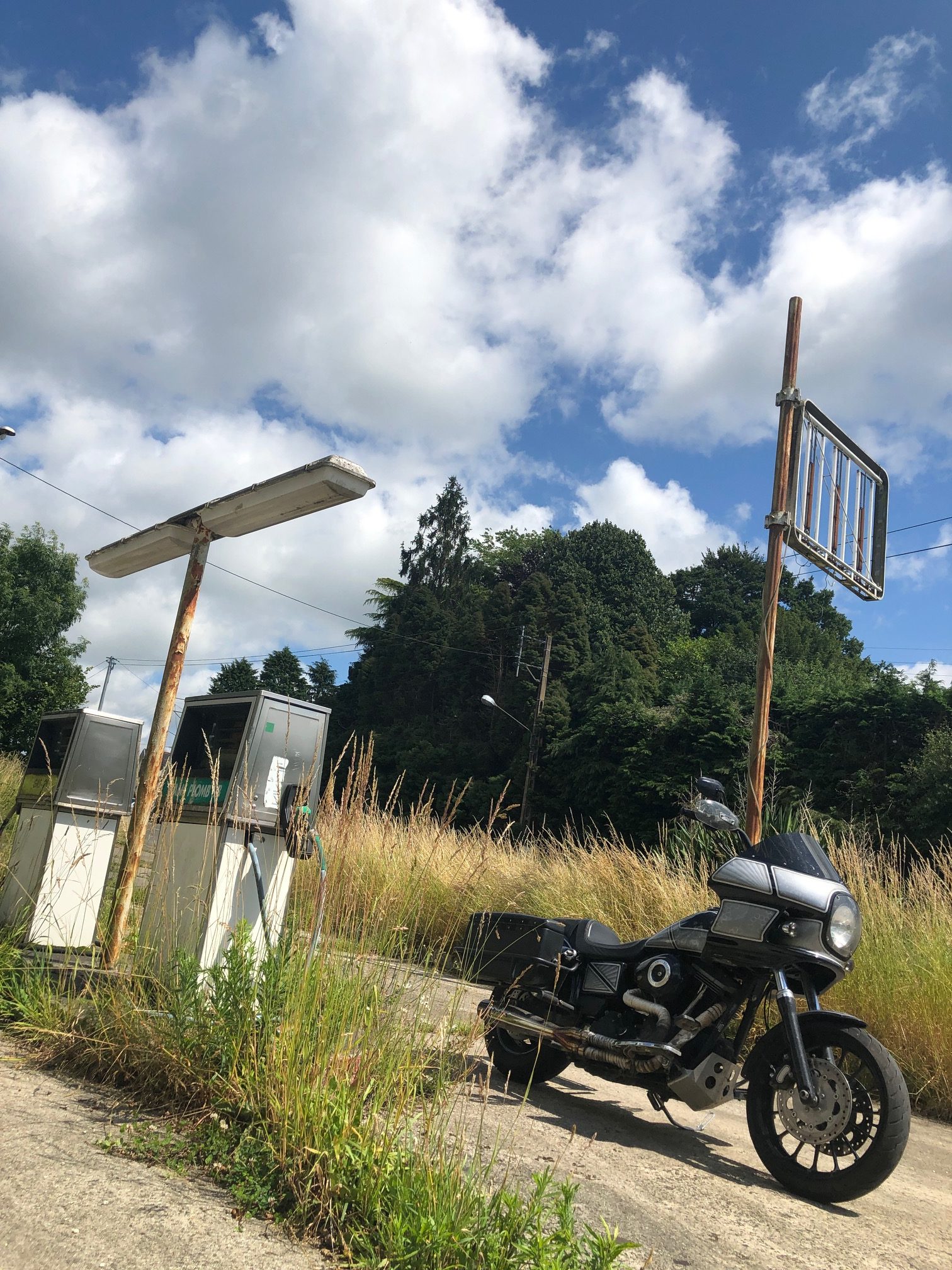 See ya soon on the road …who knows??
See ya soon on the road …who knows??
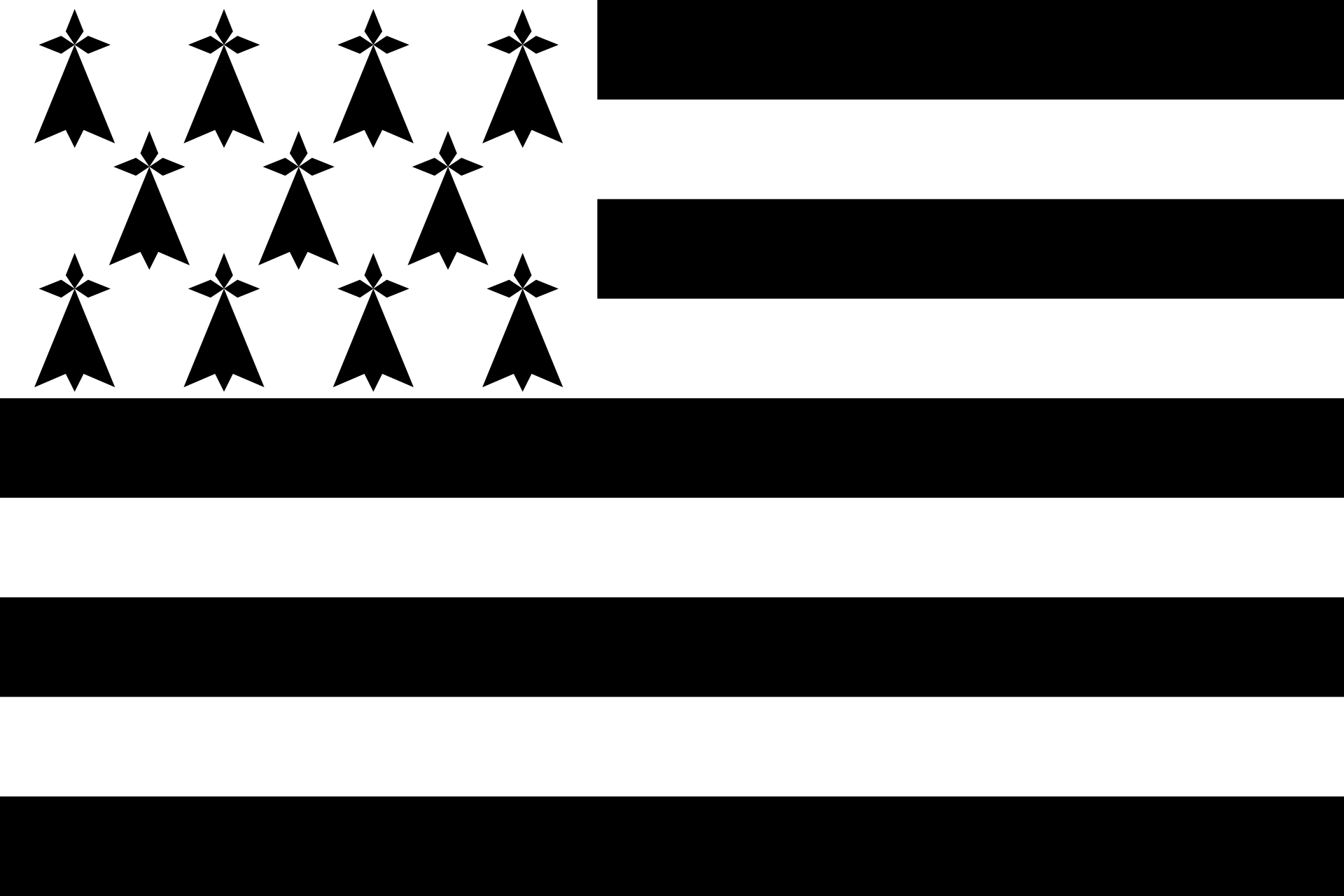 Hervé, your French biker friend.
Hervé, your French biker friend.




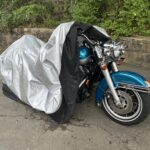
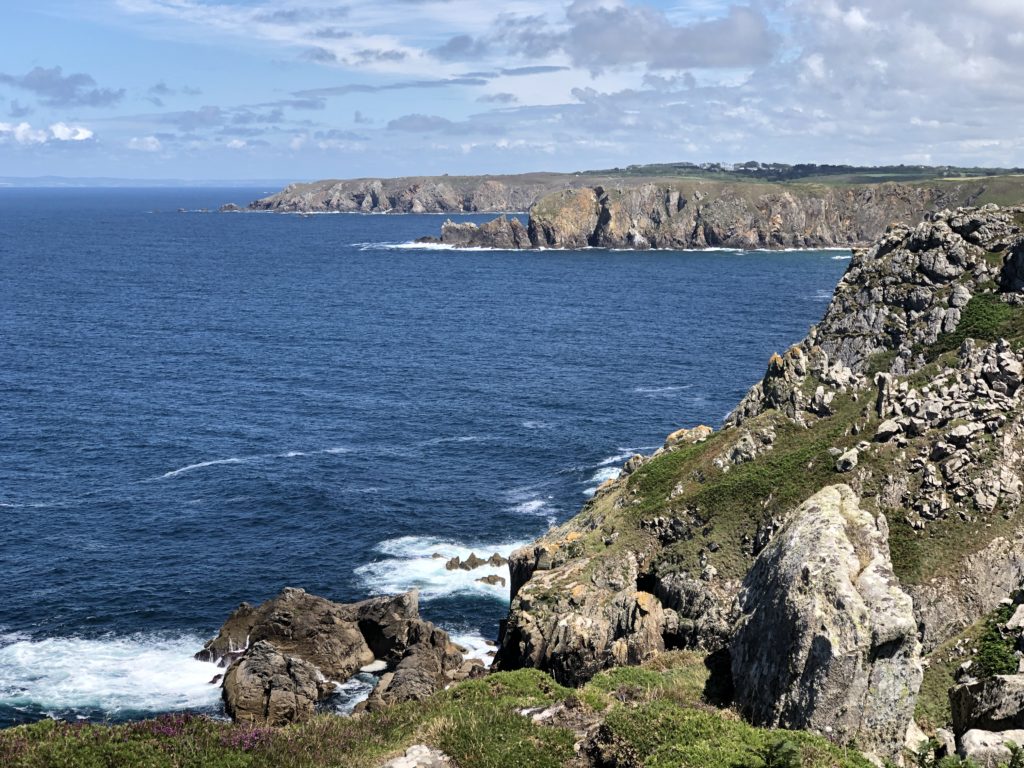
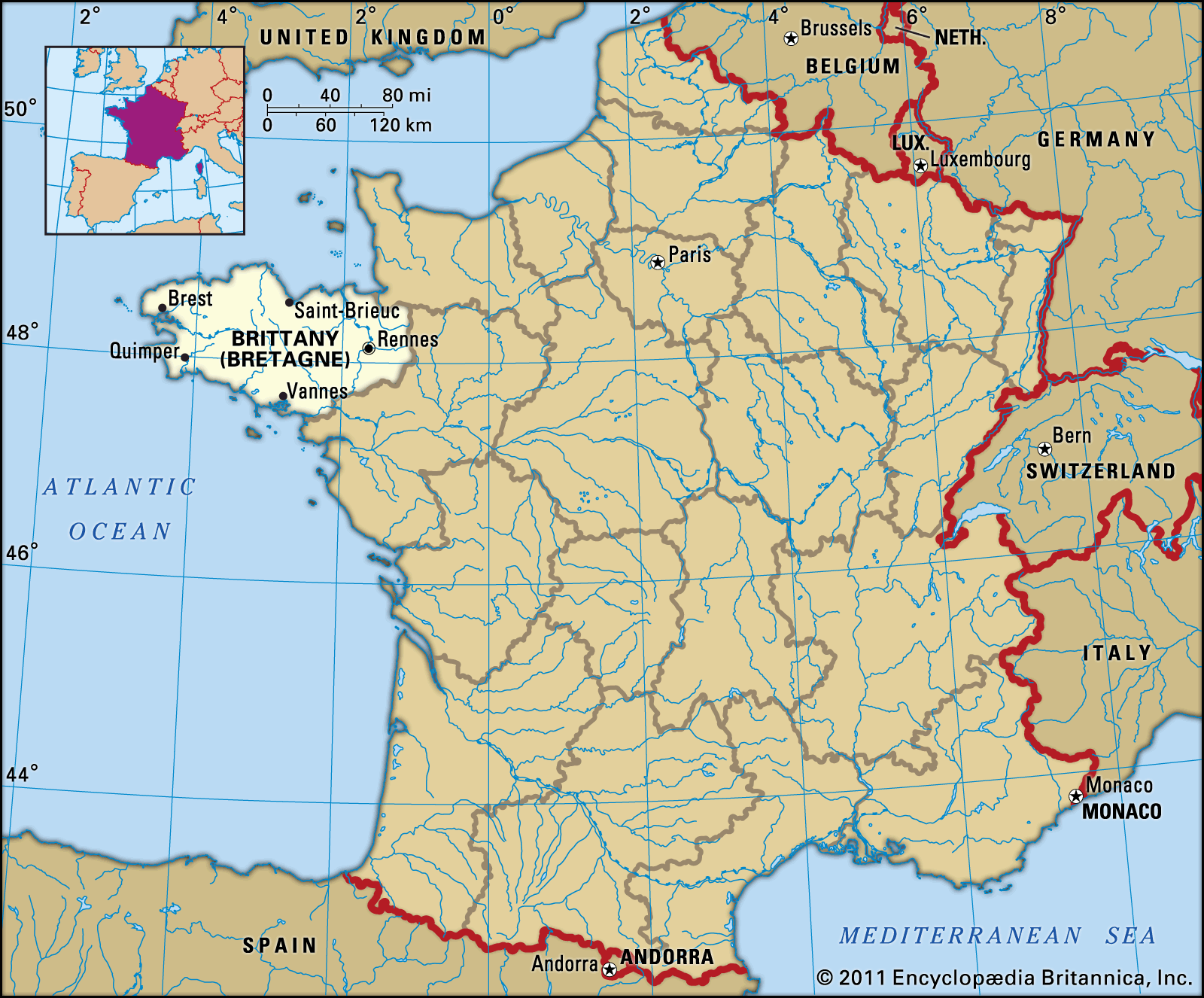
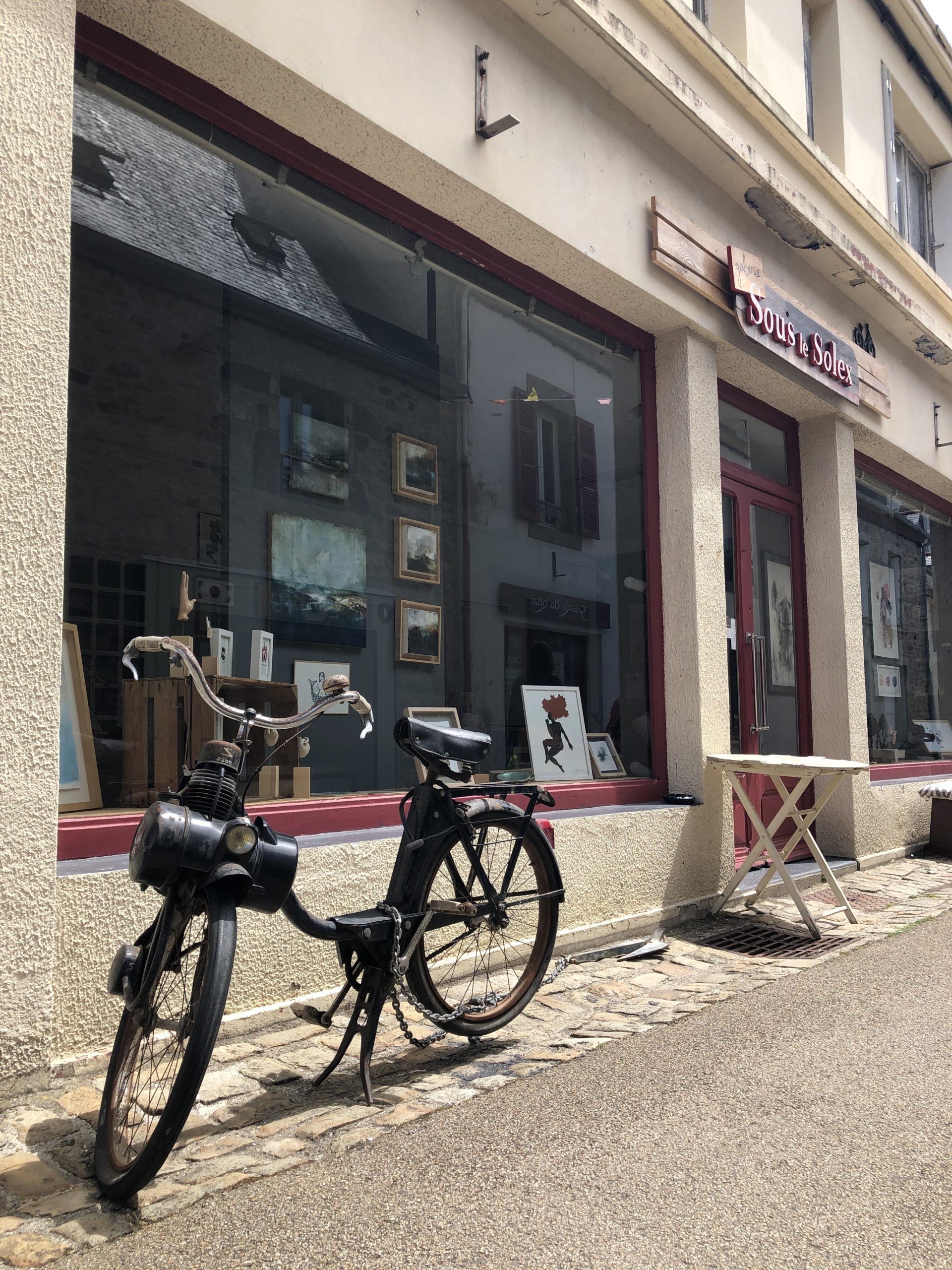
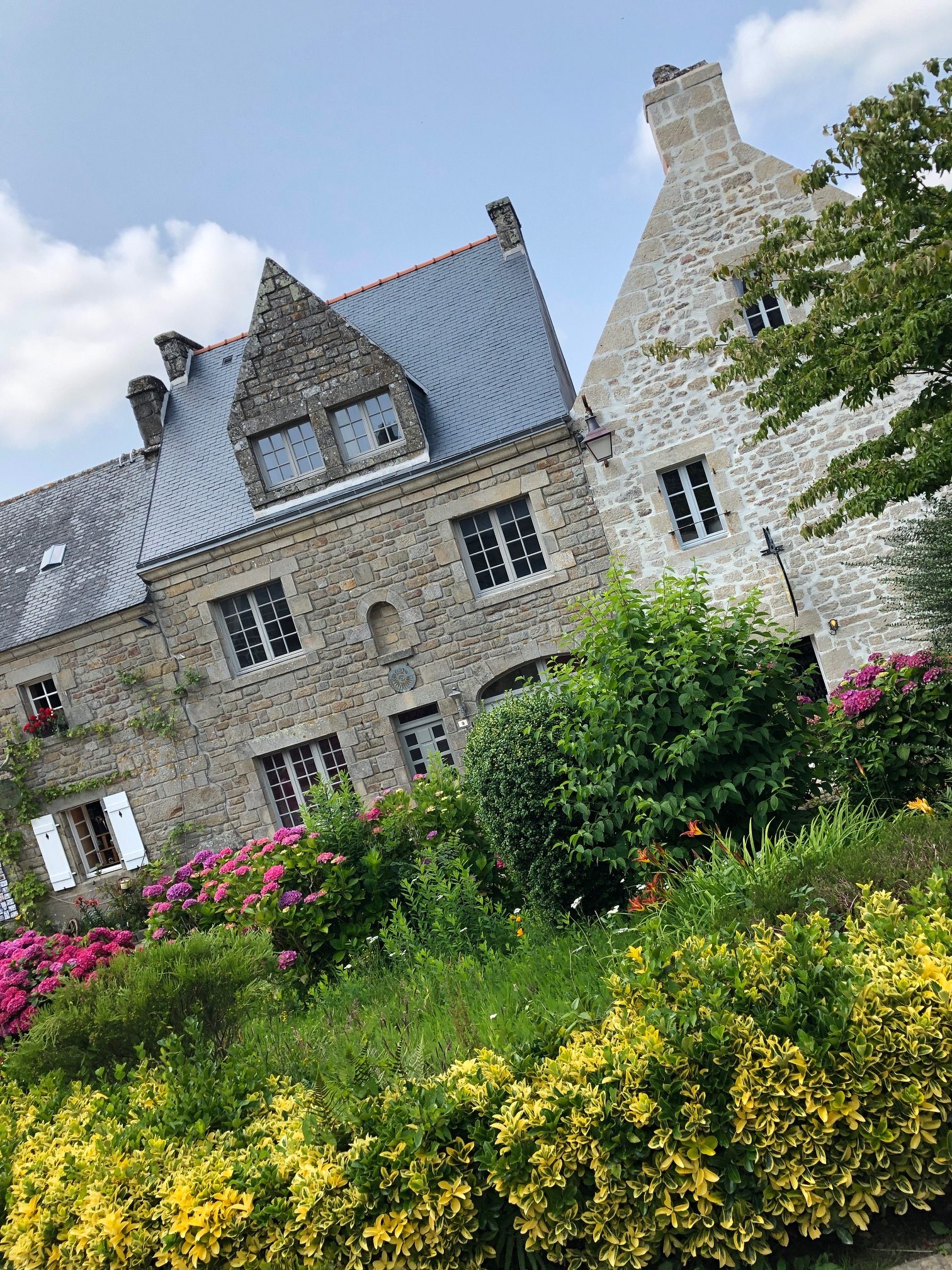
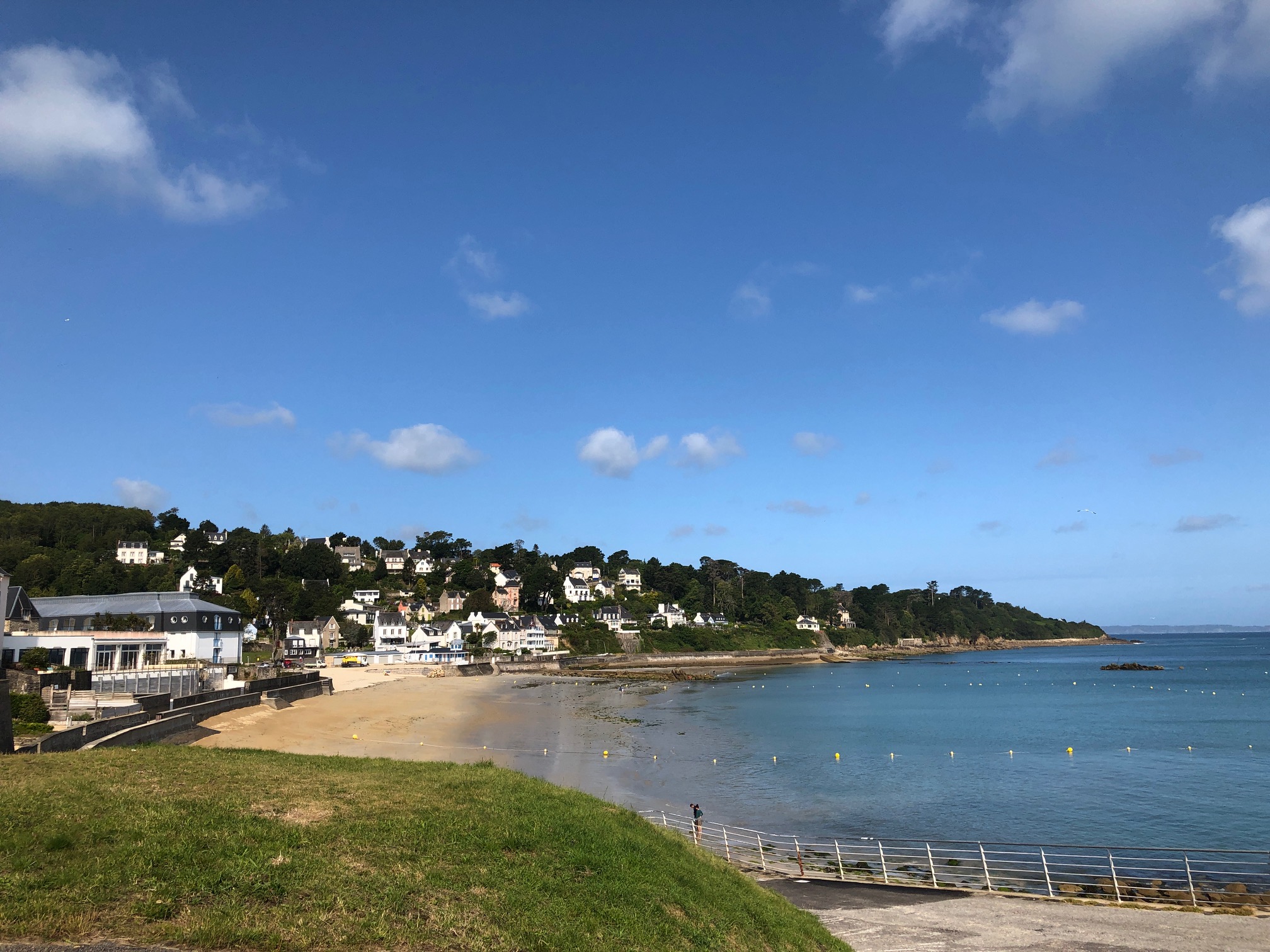
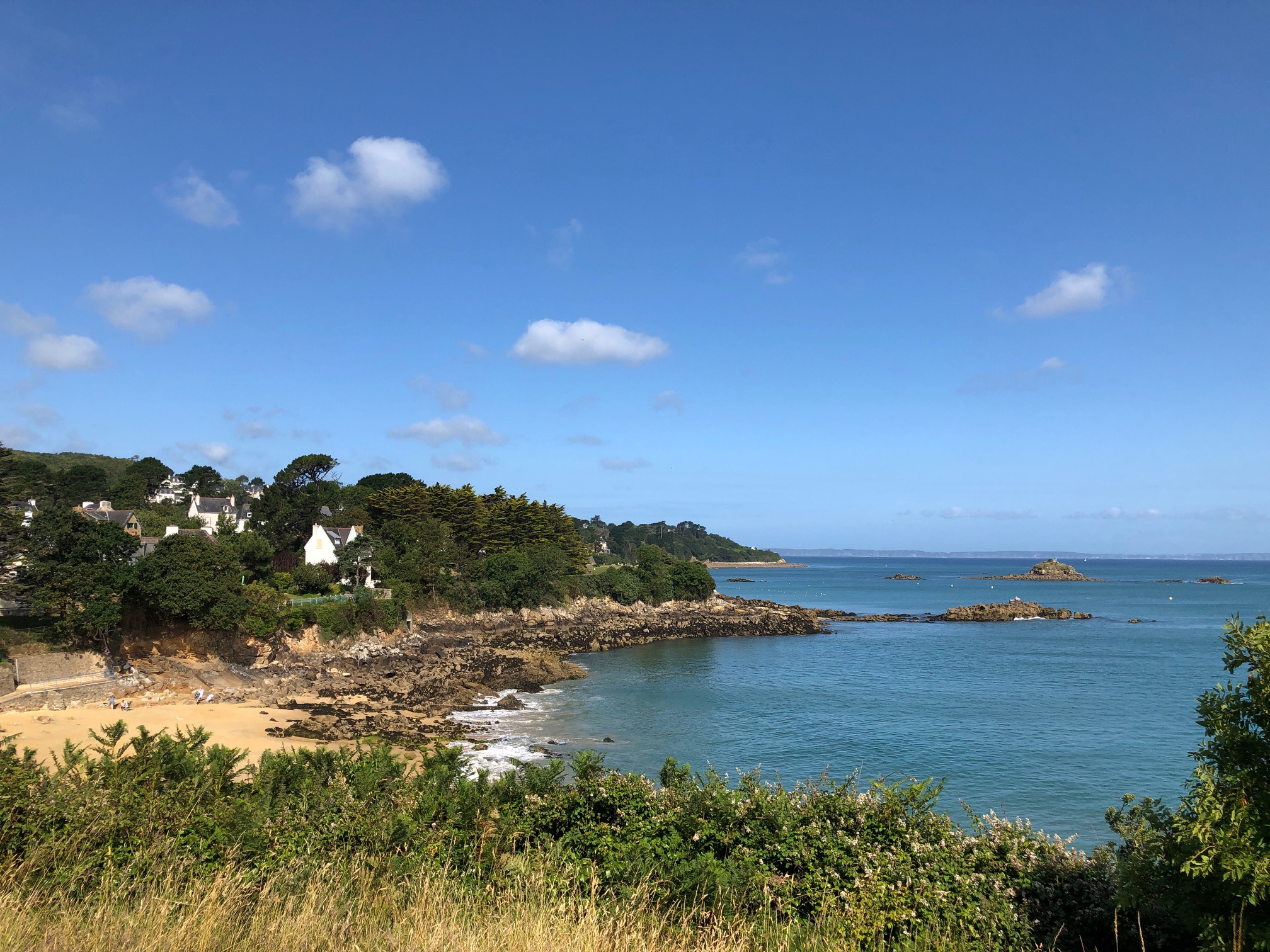
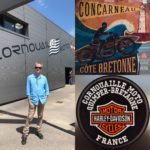
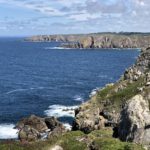
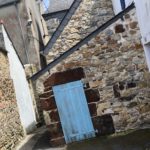
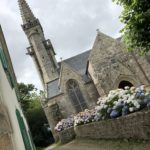
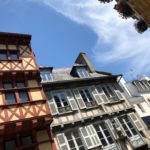
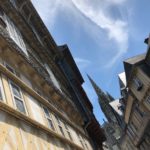
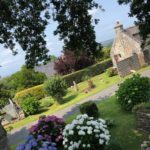

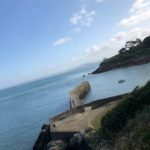
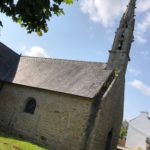
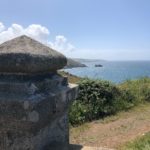
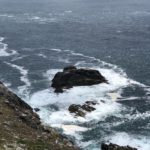
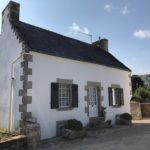
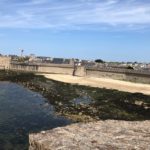
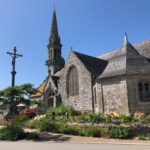



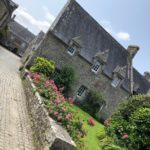
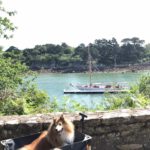




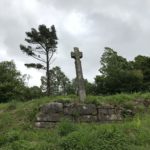
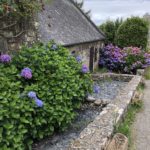
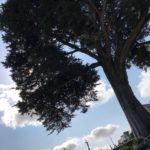
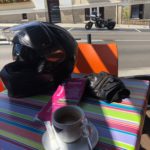
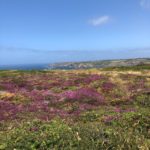
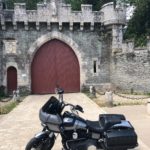
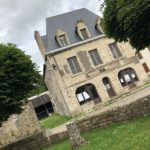




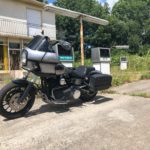
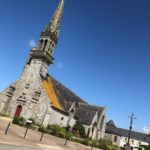

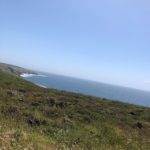
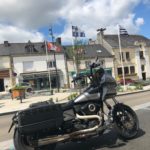

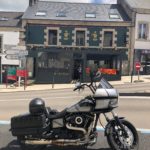


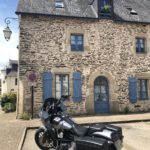
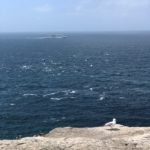
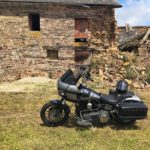
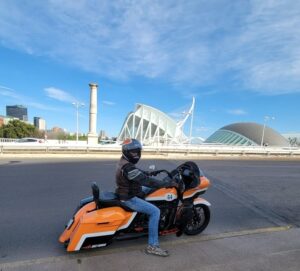
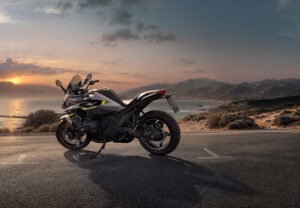


More Stories
RIDE TO THE VALENCIA MARKET
RIDE TO THE KÖNIGSTIGER
RIDE TO THE LION’S MOUND